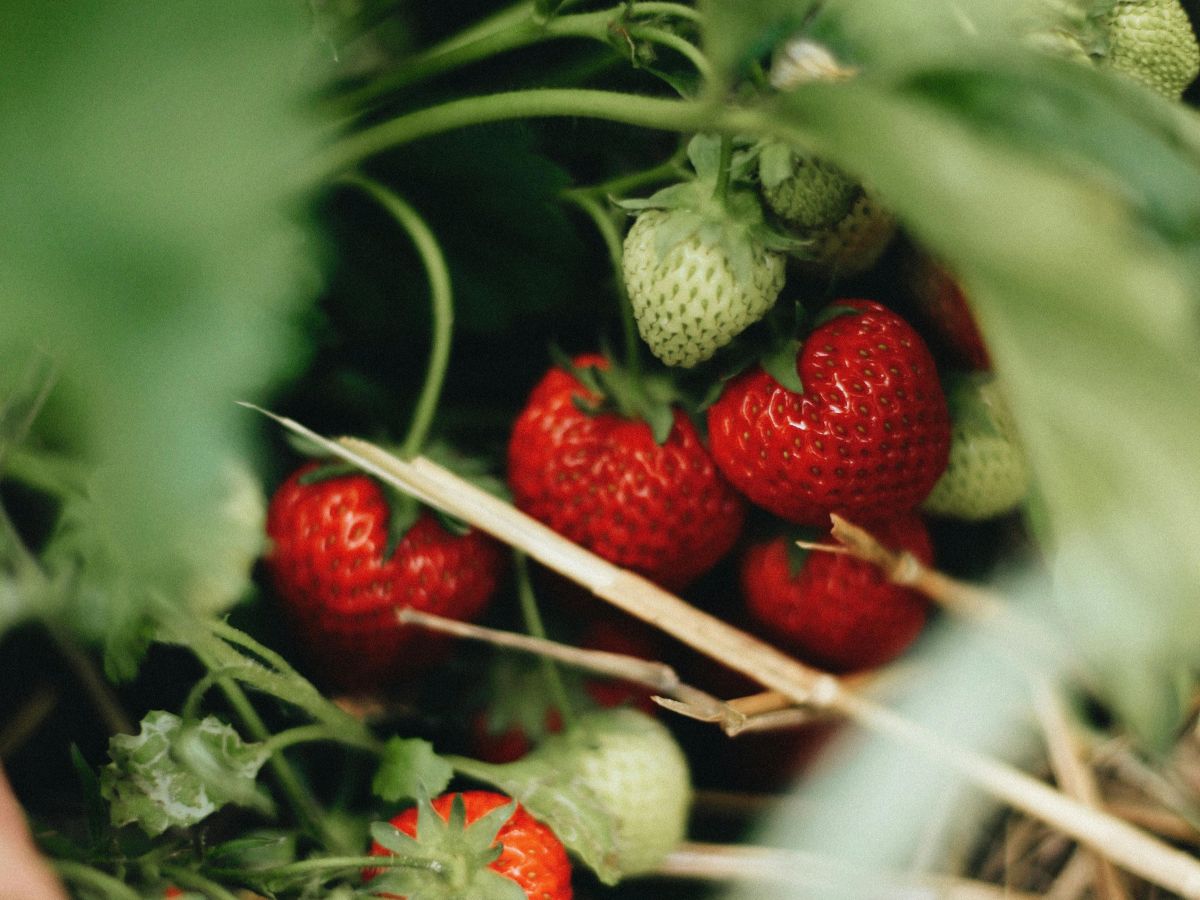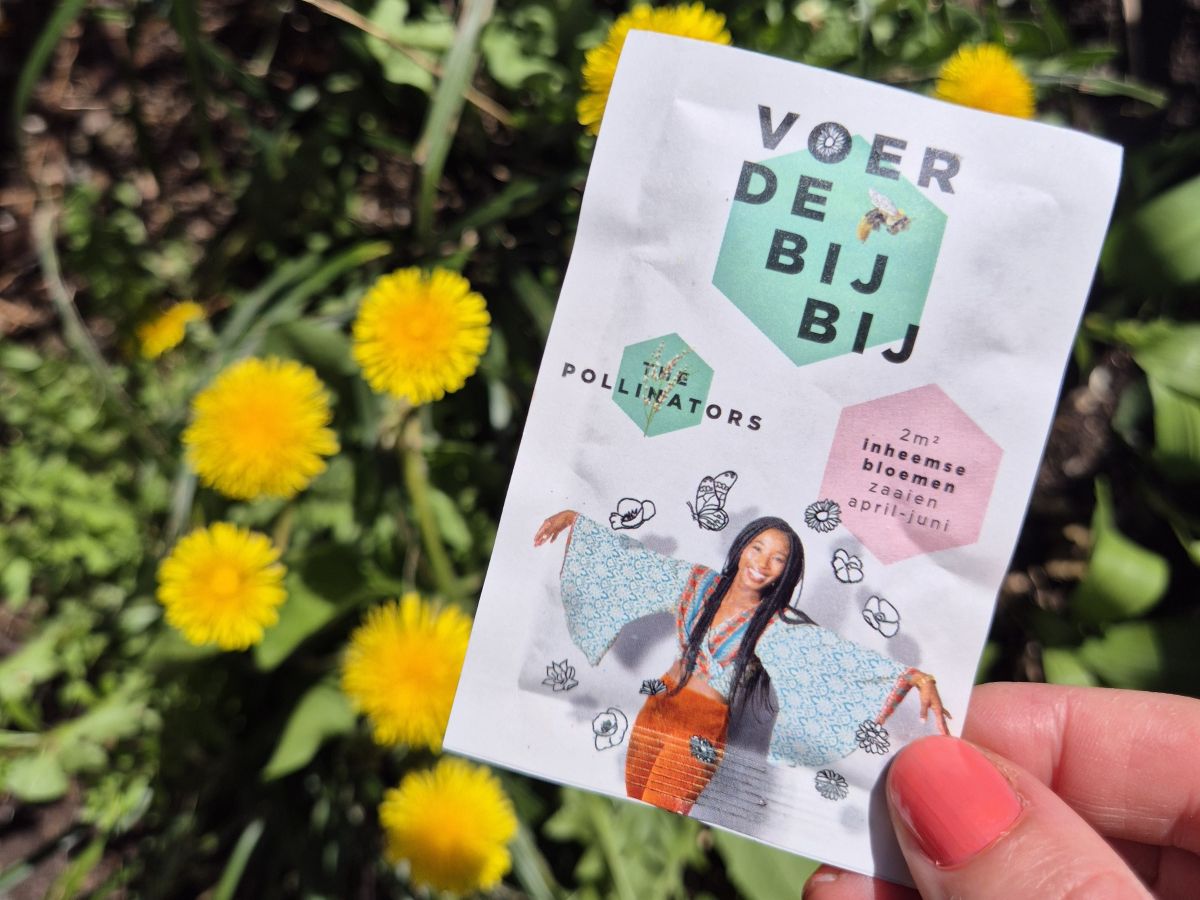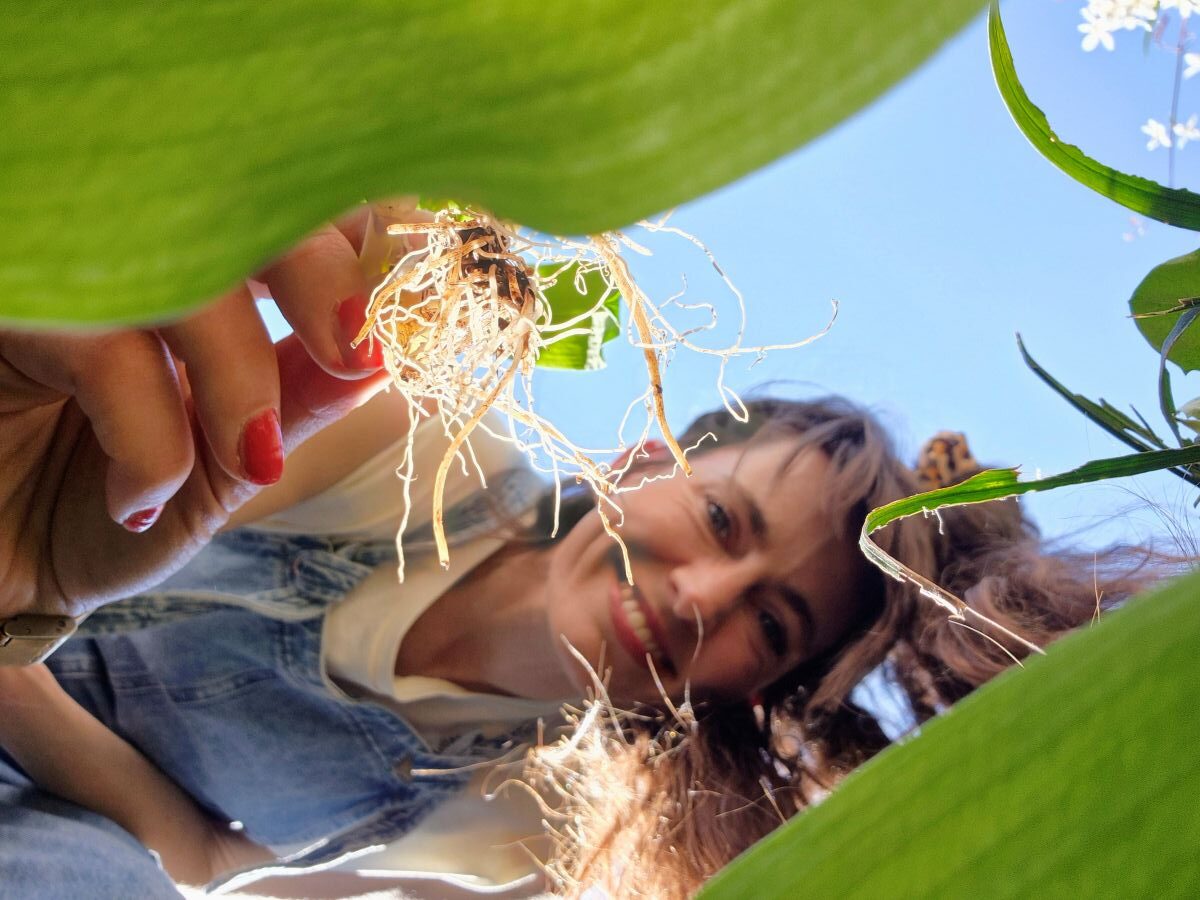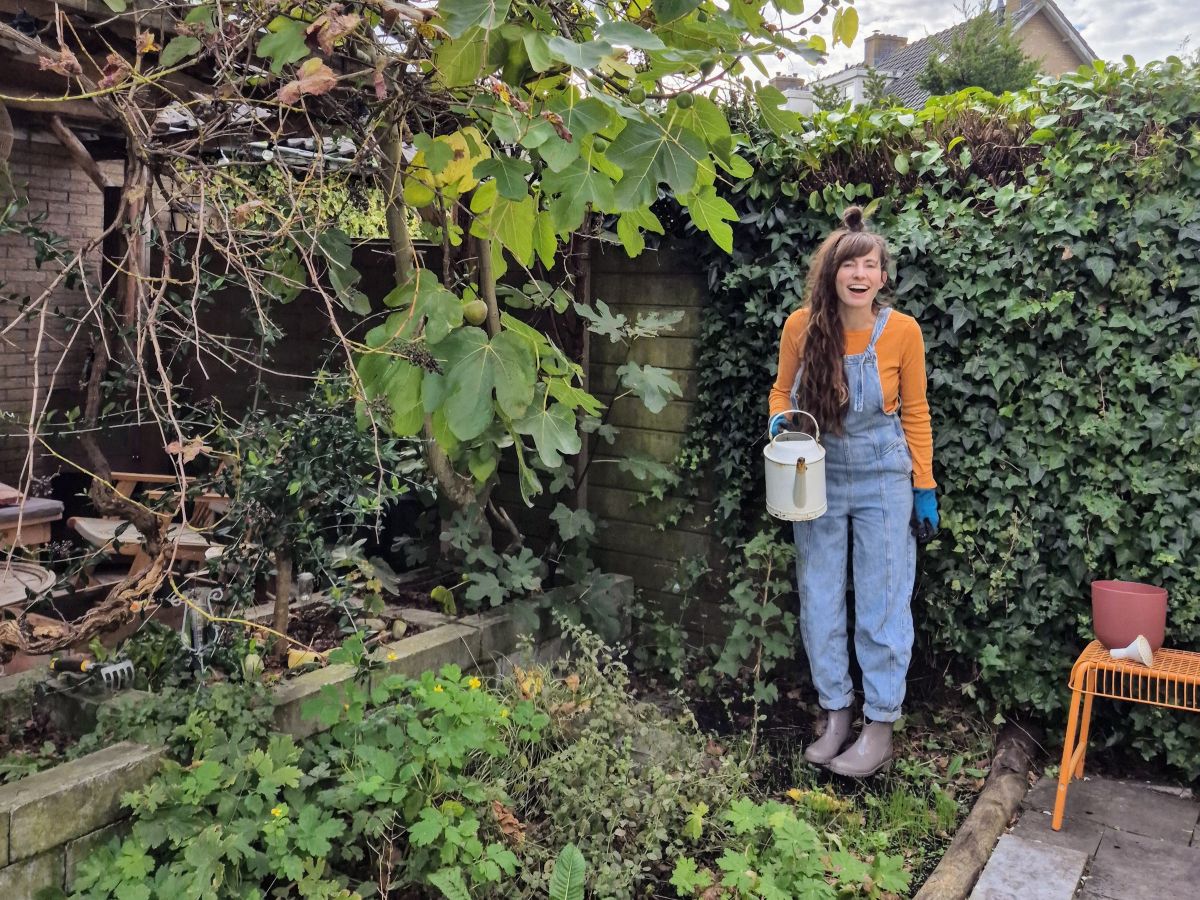Did you know that of all fresh fruits and vegetables, strawberries contain the most pesticides? The Dutch strawberry even contains up to six times more pesticides than other fruits! Besides being delicious and fun, a very good reason to start growing these fruits yourself. Do you buy your own seeds? Then the whole process is great fun and educational to follow together with your child. Like gardening expert Amanda, do you have green fingers or could use some tips? We offer first aid for growing strawberries!
Strawberry eggs
In the Netherlands, strawberries are among the first fruits of spring, their presence is the harbinger of summer after a somewhat sparse winter in terms of fruit! Almost everyone loves these so-called summer cherries. The strawberry...
- is a perennial that you can leave for years;
- belongs to the rose family;
- has a high vitamin C content;
- is a mock fruit: the small seeds are actually the fruit and the red strawberry is its carrier;
- contains as many as 200 seeds per strawberry;
- is best at room temperature, then they taste even sweeter.
No strawberry without bee
From research shows that more and more pesticides are found on strawberries. In your own garden or your own balcony, you are fortunately in control. We grow strawberries without poison, because it kills all kinds of useful insects. As my daughter said during her talk about bees: ‘without a bee, no strawberry’. We need them for pollination, otherwise no strawberries will grow.
Before growing strawberries
Before you start growing your own strawberries, it is useful to know which type of strawberry you are choosing. There are ever-bearing strawberry varieties; these give fruit for about five years throughout the season (June-October). And you have single-bearing strawberries, which give strawberries for about three to four weeks. These fruits are often larger than those of the ever-bearing strawberry plant. So ask yourself beforehand how much time you have to take care of your strawberry plants and then decide which type of strawberry plant is best for you there. Then you can look for a variety - there are hundreds of varieties. In any case, choose organic.
Sowing, planting or cutting?
Did you know that you can also sow strawberries yourself? It takes a bit more love and attention, but then you have something. Buy your seeds organically and follow the instructions on the bag. Sow them indoors and start in February. The first year you harvest the strawberries in autumn. The second year from summer onwards. The advantage is that many special varieties can only be bought as seeds. And it is great fun to follow this process with your children.
Don't have time to sow yourself? Then, of course, you can buy organic strawberry plants. The advantage is that you can put them directly in the garden. The best time for this is between August and May, the disadvantage is that they are not for sale all year round. Plant your bought strawberry plants thirty-five centimetres apart in a pot, (vegetable garden) container or in the (vegetable) garden.
Do you already have strawberry plants of your own or know someone who has some? It's super easy to take new strawberry plants yourself from the shoots on the plant. As soon as the shoot touches the ground, it will make new roots. If you then cut the shoot off from the mother plant, you will have a new strawberry plant. Propagating is best done between August and November and is also great for beginners! Cuttings are also a good way to rejuvenate your strawberries. After three to four years, the plants give less fruit and you can get new young plants this way. So basically, once you have strawberry plants, you never have to buy new ones. Now that's sustainable! Tip: Remove the first two flower clusters from these new plants so that the plant can develop better.



Strawberries from your own garden are easy to grow and combined with rhubarb (from your own garden?) it is also zálig.
Care during strawberry growing
A strawberry plant is hardy, but not evergreen. The leaves become barren. You start in March or April (not before because the barren leaves protect the plant in winter) by tidying up the plants. Remove all dead and dry leaves and weeds around the plant. Next, prime the soil with compost. My preference is to then cover the soil with straw or wood chips. This has the advantage of keeping the soil cool and moist, exactly what a strawberry needs. It stops weeds and it keeps the strawberries reasonably clean and less likely to rot.
Sunny location
Strawberries need a lot of sun and therefore like a sunny spot. If you leave them in the same spot every year, you are more likely to get fungi and diseases. So it is best to put them somewhere else every year. This is also known as crop rotation.
Lots of water
A strawberry needs a lot of water, after all, it itself consists of 90% moisture. Maybe you have the possibility to connect a rain barrel and use rainwater? That's what strawberries like best!
Birds also like strawberries
Not only do we humans love those beautiful sweet red strawberries, birds love them too. Do you want to share them or rather not? Protect your strawberries with a well-sealed net in an eye-catching colour. If you stretch a net, make sure you do it properly and that no animals can get caught in it.
Depending on the variety, some strawberry plants develop offshoots during strawberry growth. You don't want the energy to go to the offshoots, but rather to the strawberries. So cut away the offshoots. After harvesting, offshoots will also grow and you can use them for cuttings.
Tips for using your strawberries (plants)
- Did you know that not only can you eat the fruit of your strawberry plant, but you can also make tea from the green leaves? Make it just like your mint tea. The tea also helps with diarrhoea and other gastrointestinal disorders.
- Got a lot of strawberries? Then you can also freeze them and make them into strawberry jam at a later date, for example, or make compote with rhubarb - rhubarb and strawberry are an ideal flavour combination!
- Damaged or rotten strawberries need not be thrown away. Put them on a tray together. Birds, insects and especially butterflies love them.
From growing strawberries to harvesting
Strawberries are at their tastiest immediately after harvesting! So do that every day or every other day at most, because strawberries rot quickly on the plant as well. Moreover, new strawberries appear every day and grow better if all the energy can go to the new fruit. After harvesting, strawberries can only be stored for two to three days, so don't accidentally leave them too long.
More green tips from thegreenlist.nl
- Do you still need potting soil for growing strawberries? Read here why it is advisable to buy peat-free potting soil.
- Have you completed your vegetable garden planning yet? In this article, you will read the best tips for making a vegetable garden plan.
- It is advisable to buy poison-free not only your strawberry plants but also the other plants in your garden. Here you can read why.
Photo credits: main image: Sorasfilms (Pexels), other photos: Amanda Sniekers & Angela de Vlaming (colander).












